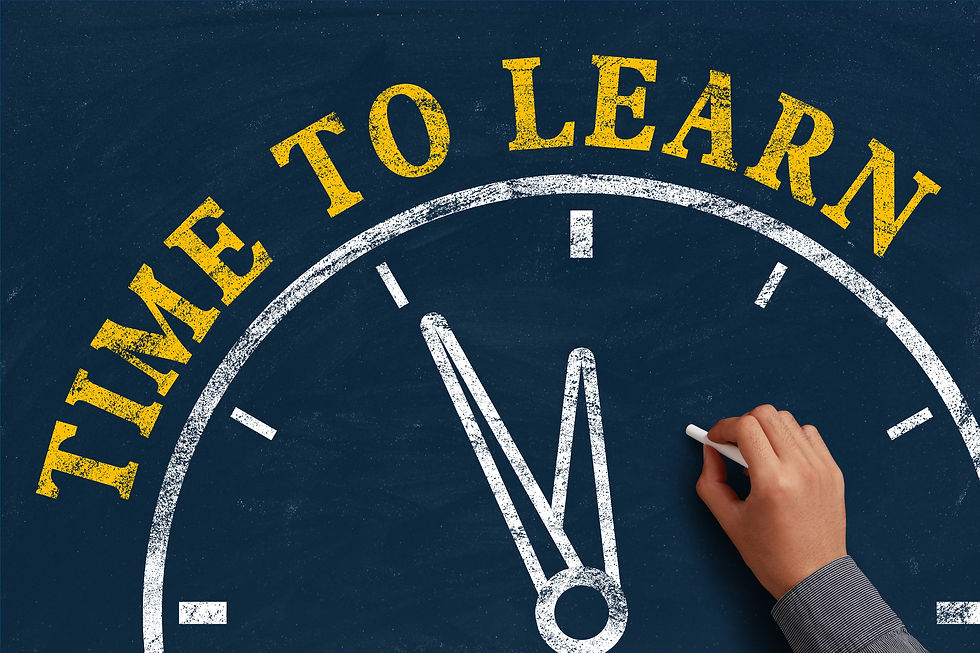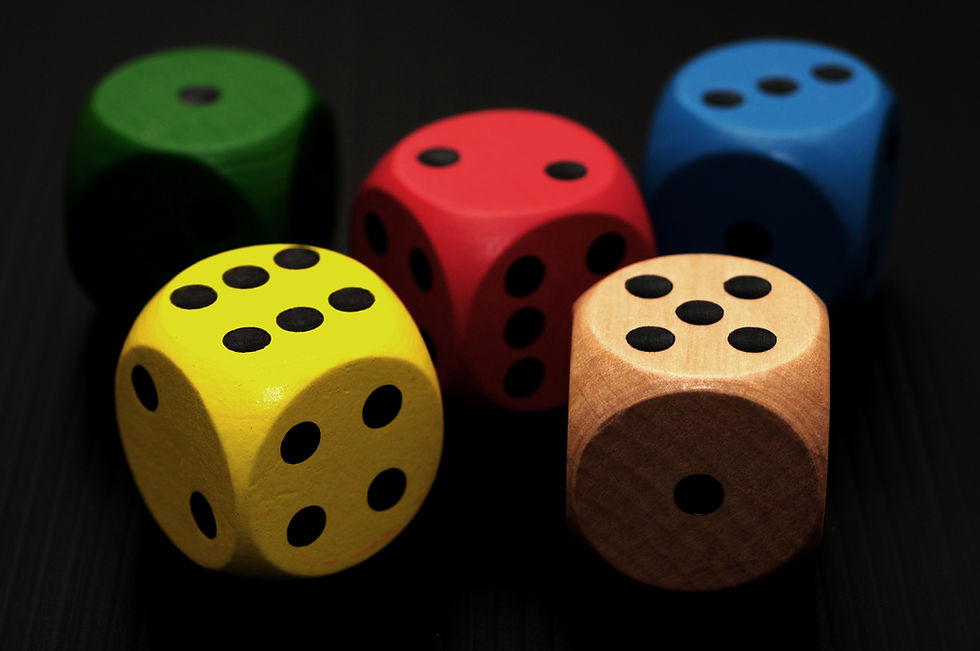

ID 54973975 © Monkey Business Images | Dreamstime.com Royalty Free (RF-LL) license

ID 51349245 © Mrchan | Dreamstime.com Royalty Free (RF-LL) license

© catiamadio | Dreamstime.com - Colored Dice Photo Royalty Free (RF-LL) license

ID 54973975 © Monkey Business Images | Dreamstime.com Royalty Free (RF-LL) license
EFFECTIVE ~ MATHS ~ ED
A Professional Learning Platform for Teachers of Primary Mathematics
The Split Clock for Hours
A Split Clock for Hours helps students combine their understanding and knowledge of calculating and naming fractional parts of an hour, by manipulating an hour hand and exploring its role on a clock face.
For this resource you will need:
-
2 paper plates - 1 smaller than the other, or cut out the centre of a larger one.
-
Coloured card to make the arrow on the hour hand.
-
Scissors, glue, textas.
Construct this split clock in the same way as the Split Clock for Minute’s procedure.
It’s important that when drawing or gluing on the hour hand, that it is proportionally accurate – that is, shorter than the minute hand.
The following activities and questions in combination with explicit instruction and scaffolding can help form your lessons. It's important to introduce, discuss and make explicit the vocabulary that will be used in associating with the concepts for using this resource. O’clock, Quarter past, Half Past, Quarter to are most relevant here.
To begin using this clock, discuss what the student's understanding of “o’clock” is. That is, when we identify a time as o’clock it is the very start of that hour – 8 o’clock. It is the start of the hour of 8 (am or pm) and no minutes have passed yet. Ask students to identify an o’clock time they are familiar with:
-
9 o’clock school starts
-
7 o’clock bed time
-
4 o’clock soccer practice
-
1 o’clock lunch time etc.
This can lead to a discussion on how people kept a track of time before the invention of the traditional clock as we know it (e.g daylight/ sun position etc). From this discussion an exploration of the idea of am and pm can develop. That is, 4 o’clock occurs twice a day, once very early in the morning when it is still usually dark (am) and once in the afternoon - pm.
-
Which 4 o’clock would your soccer training be? 4pm or 4am?
Students can then be asked to explore and record in groups all of the o’clock times the listed previously and identify whether they are am or pm.
Next, demonstrate to students (referring to the traditional analogue clock in the classroom) that the hour hand does not jump from one number to the next every hour, but slowley travels between the numbers of each hour depending on where the minute hand is. Reiterate that whilst the minute hand revolves faster than the hour hand, the hour hand takes 60 minutes (one whole revolution of the minute hand) to move from one number (symbol) to the next.
***This is a very abstract and complex concept so don't rush through learning experiences that enable students to make sense of this idea.
Possible inquiry question:
-
Do you think we could tell the time reasonably accurately based on the position of the hour hand alone?
Particularly in years 2-4 students will often express doubt over this. Ask students to experiment with the following idea using their clocks.
Place the hand pointing anywhere between any two hours eg somewhere between 12-1.
-
Can you determine how many minutes has past that hour? How do you know?
-
Where would the minute hand be for the hour hand to be here?
-
Can you tell what time this is?
Repeat for several times asking students to experiment with their hour hand position. What should be made explicit here is the use of vocabulary associated with their hour hand positions. You may like students to divide each hour into four parts to help visualise the fraction of the hour and colour this accordingly:
.
The next important concept for students to explore is the 'past' and 'to' concept. You may like to ask students to visualise that half past an hour is like a fence-line that determines how we name the current time. The first half of a clock (right hand side) is how we describe the duration of minutes since the start of the hour as being past the most recent hour.
For example, from the hour hand pointing directly to the "4" for 4 o’clock, to travelling to exactly half way to next o’clock hour – 5 o’clock, we describe the time as 30 minutes past 4 or (as a fraction) as half past 4.
After the hour hand has reached this halfway mark, it is now getting closer to the hour of 5 o’clock, so we describe the time after this point as minutes to 5.
After students have some time to experiment with using the Split Clock for Minutes and Split Clock for Hours, it’s a good idea for students to manipulate both clocks to show the representation of the minute and hour hand during any "half past" hour. What you want students to notice is that the minute hand will only indicate that there has been a duration of 30 minutes past an hour. You cannot determine which hour of the day it is with this hand alone. However, on the Split Clock for Hours, you can actually determine that the hour hand is exactly half way between 4 and 5 for example, so not only does it tell you it's half past "something" but it is half past 4. Therefore you can tell the time (at least in this representation) using only the hour hand.
***Again it is important to note that these are quite complex ideas and students will need to take some time to experiment using their clocks to name whether the time is past an hour or to the next.
Once students seem comfortable with these ideas (which could take many lessons depending on their age and experience with time) then they can move on to quarter past, quarter to explorations, and represent the two hands on two different clocks side by side.
Next, students can start to explore more unfamiliar and less regular durations of time which also incorporate the representation of digital time.
For example – Ask students to consider the following time on a digital clock – 11:23.
-
What do these numbers represent? (hour : minutes)
Students can then use their Split Clock for Minutes and Split Clock for Hours to represent this time with the corresponding unit.
To scaffold this experience, ask students where on their split clock 23 minutes would be located (that is, determining that it is 23 minutes from the start of the hour and is 3 /5 of the way between the 4 - 5 symbols on the clock face. It is in the “Past” section.
Next ask students to consider where the hour hand would be based on this time. It is not an "o'clock" time therefore it is going to be somewhere in between the hour of 11 and 12. But where? How could you work this out to show where the hour hand should be at 11:23. This discussion and investigation should include a discussion emphasising that 23 minutes is more than 15 minutes, therefore the hour hand is going to be positioned more than a quarter of the way between 11-12. It is less than 30 minutes, so between a quarter and a half of the way between the 11-12. Is closer to half than a quarter so students place hand appropriately:
11 : 23
Students can continue these types of investigations also including to the hour times eg; 3:48 etc.
As described above, these teaching and learning models for time and suggested pedagogy are merely baseline examples for the breadth and depth you could explore. Many of these suggestions may take several weeks for students to construct a strong network of understanding around these concepts.
Thank you for viewing my website. Please help me evaluate its success by completing the following short survey!
Happy Teaching J



